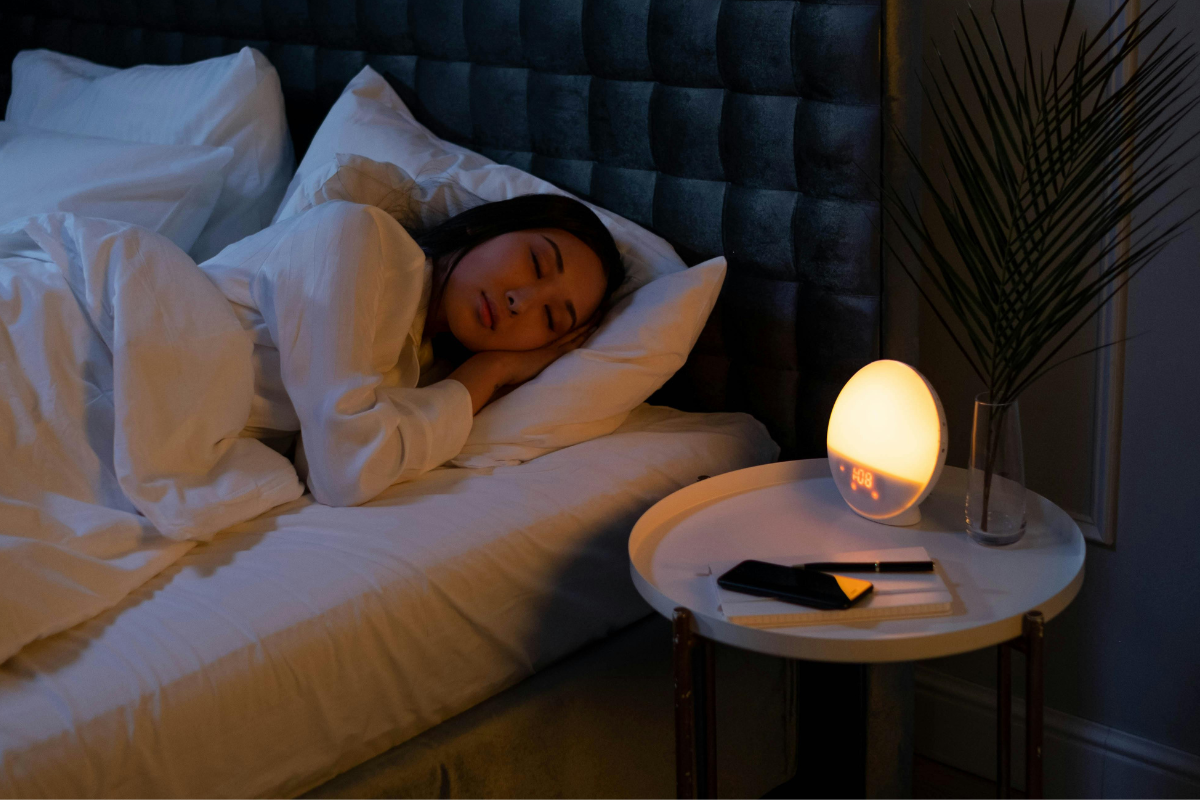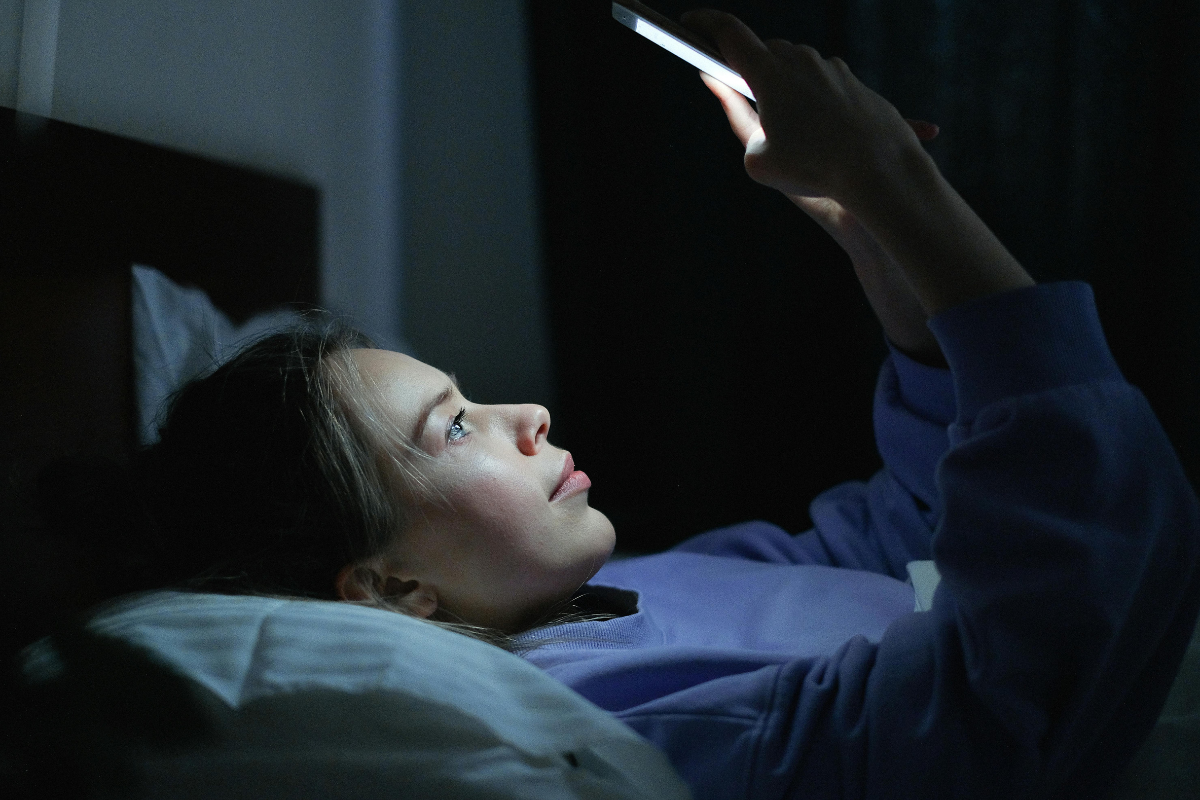
The Power of Sunlight: Harnessing Light for Increased Energy and Mood

The Power of Sunlight: Harnessing Light for Increased Energy and Mood
Sunshine, that glowing ball of energy that graces our planet, is much more than just a source of heat and light. It has been proven to be such a potent regulator of our internal clocks, impacting not just energy levels but also our mental well-being. Research into the science, sunlight regulates our circadian rhythm, triggers the production of vitamin D, and improves serotonin levels, all of which are important to finding a daily rhythm and contributing to a sense of well-being.
The Symphony of Circadian Rhythms: Sunlight as the Maestro
Inside our bodies is a near 24 hr clock (the circadian rhythm), which drives sleep-wake cycles, the release of essential hormones, and lots of other processes. Various factors influence this biological clock, but sunlight is the most critical external stimulant, especially the blue light wavelengths. Specialized cells in our retinas send these signals to the suprachiasmatic nucleus (SCN) in the hypothalamus--the master clock of the brain--when sunlight strikes them. This tells the body to inhibit melatonin, the chemical responsible for making us sleepy and increases our alertness.
And more research is starting to show just how vital daily light exposure — especially in the morning — is for resetting the circadian rhythm. Disrupting this fragile balance through irregular exposure — something that seems to be increasing with all the indoor time and artificial light — can result in sleep disruption and daytime exhaustion, and possibly an elevated susceptibility to mood disorders
. Research reported in journals such as Nature Neuroscience has shown complex neural circuits connecting light input, circadian departure, and influencing behavior and mood.
The Multifaceted Influence of the Sunshine Vitamin: Vitamin D
The primary natural catalyst for vitamin D formation in our skin is sunlight. When you go outside, exposure to ultraviolet B (UVB) radiation initiates a pathway of chemical reactions, ending with the production of this essential vitamin. Vitamin D helps with a lot more than healthy bones. It's involved in immune support, calcium absorption, and — amazing things we are now learning — brain health and mood!
According to recent discoveries in nutritional neuroscience, vitamin D deficiency has been associated with higher rates of depression as well as seasonal affective disorder (SAD). Though the mechanisms by which this is done are yet to be fully understood, we do know that we have identified vitamin D receptors 1 in many areas within the brain, which supports direct or indirect modulation of neurotransmitter systems. A study in The American Journal of Clinical Nutrition highlights how sufficient vitamin D levels are crucial for well-being, especially for those living in areas that don't get much sun. While sunlight is the most effective source of vitamin D, so-called vitamin D non-synthesis can occur due to skin color, latitude, or sunscreen, and dietary supplementation of vitamin D may be necessary.
Sunshine And Happiness → The Connection Daylight = Serum On Release
Exposure to sunlight is related to higher serotonin levels, a neurotransmitter linked to the regulation of mood and Happiness, in addition to a sense of well-being. Serotonin plays a role in numerous functions of the brain, such as sleep, appetite , and social behavior. Research has indicated that high ambient light can increase the synthesis and release of serotonin in the brain.
This link is especially highlighted in seasonal affective disorder (SAD), a form of depression that happens in the autumn and winter when there is less natural light. For example, the power of light on our mood is demonstrated even more by the fact that light therapy, which involves exposure to bright artificial light, is a very effective treatment for SAD. Studies in "JAMA Psychiatry" expand research into neurobiological mechanisms underlying light effects on serotonin pathways and impacts on short- and long-term mood disorder treatments.
Bringing in the Light: Tips for Living Better
Intentional sunlight exposure for more energy and better mood is a use of nature's power. Get at least 15-30 minutes of sun exposure every day, preferably in the morning, without getting a sunburn during the peak UV hours! Get outdoors and incorporate it into your daily routine, even if that means taking a halfway decent walk, gardening, or sitting outside and enjoying your morning cup of coffee. Lighten up inside: Ideally, have lots of natural light through your windows, but if you are in a season that has little sunlight, consider light therapy lamps that simulate natural light. With a mindful approach to soaking the sun, it is possible to absorb this powerful giver of life in a way that stimulates bodily power and enhances joy.





















































